Snapshots from my travels through 3 of South America’s unique nations and their cultures – Argentina, Brazil & Chile:
La Boca, Argentina
La Boca is a barrio in Buenos Aires that boasts two of the city’s main attractions: La Bombonera futbol stadium, and the colorful street of La Caminito. The name La Boca translates rather unappealingly to The Mouth, probably originating from its proximity to the mouth of the river Riachuelo.
The best way to start a visit this famous barrio is by taking a tour of La Bombonera – the unmistakable blue and yellow monstrosity of a soccer stadium that towers over the neighborhood. This stadium is home to Boca Juniors FC and is one of the most raucous soccer venues worldwide, especially for the SuperClasico when they play arch rival River Plate. La Bombonera is best known as the stadium where Argentine legend Diego Maradona showcased his sublime skills, before being whisked away by the lure of the European Leagues.
Next, take a leisurely stroll along the art haven of La Caminito (little path) – a cobblestoned street famous for its bright & colorful painted houses that are mainly shacks with corrugated sheet metal walls. Beware that this is as touristy and kitschy as Buenos Aires can get – with amateur tango dancers performing on the sidewalks, hawkers pushing all kinds of trinkets, and comic-like statues of Eva Peron, Che Guevara and Maradona staring you down from balconies. But still a must-see attraction in my opinion. Parking yourself at an outdoor cafe with a chilled Quilmes beer in hand will help you soak it all in in the right spirit!
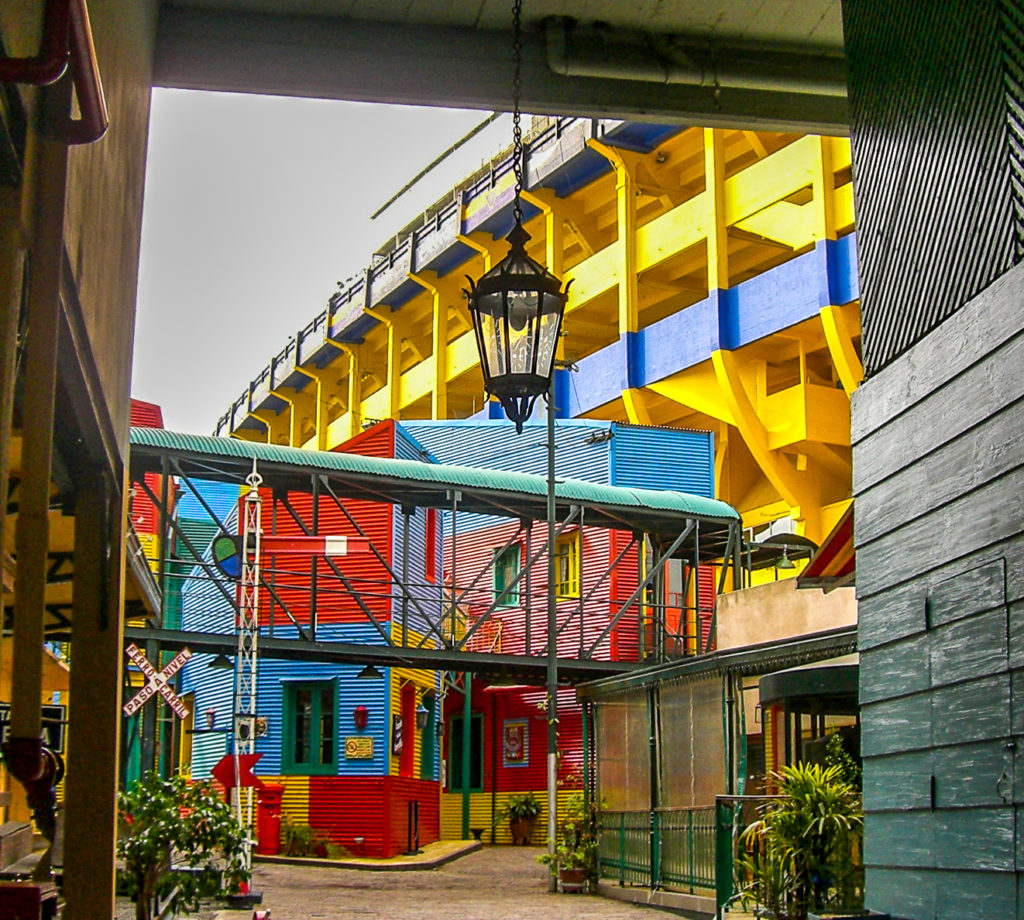
One of the many colorful entrance gates to La Bonbonera stadium
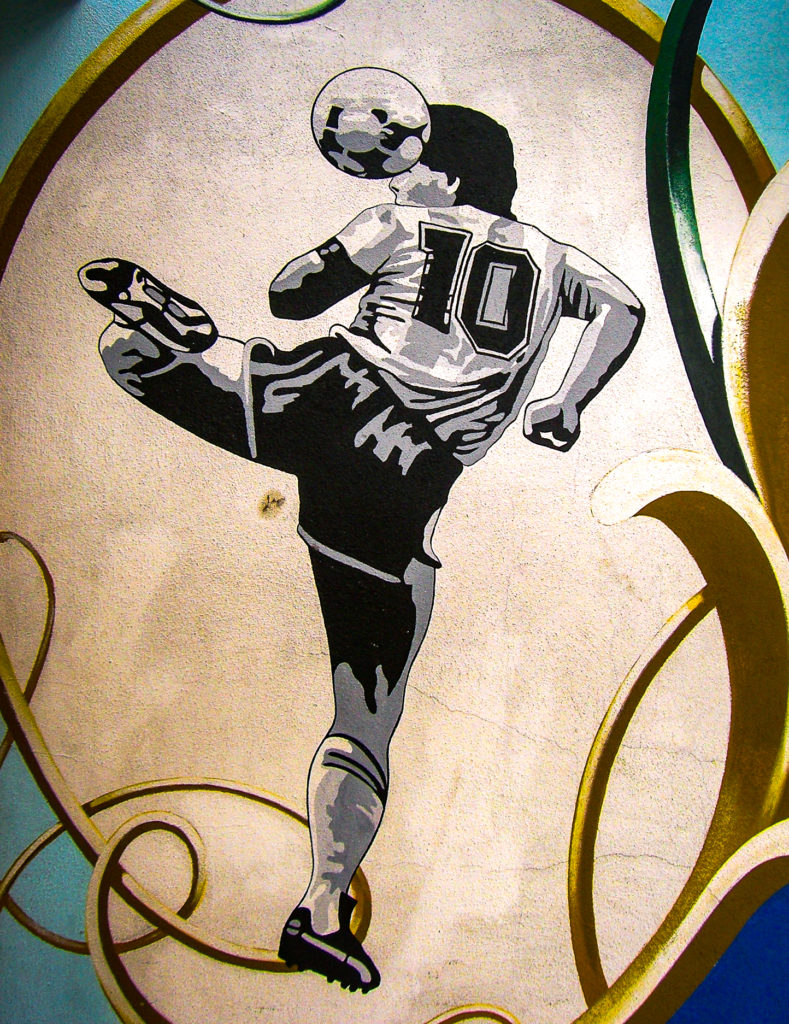
Mural of La Boca & Argentine legend Diego Armando Maradona
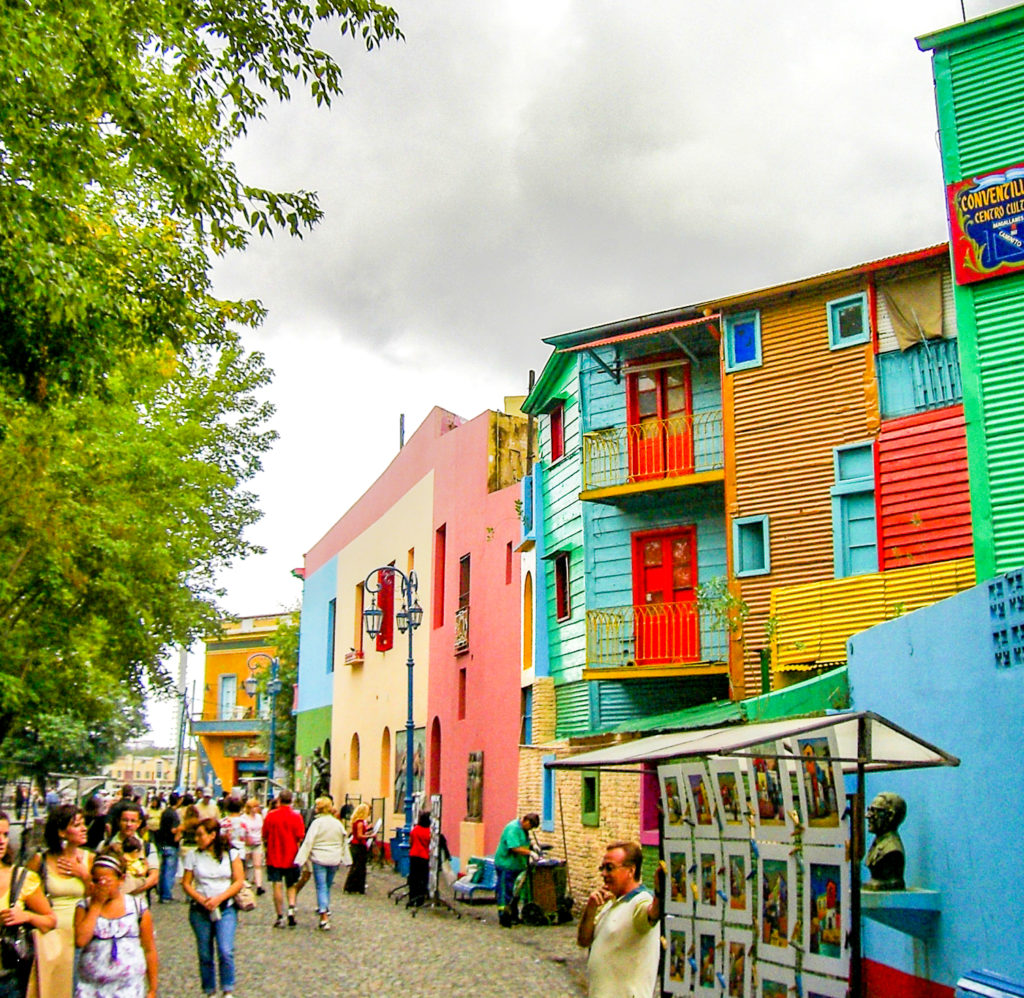
The colorful buildings lining La Caminito
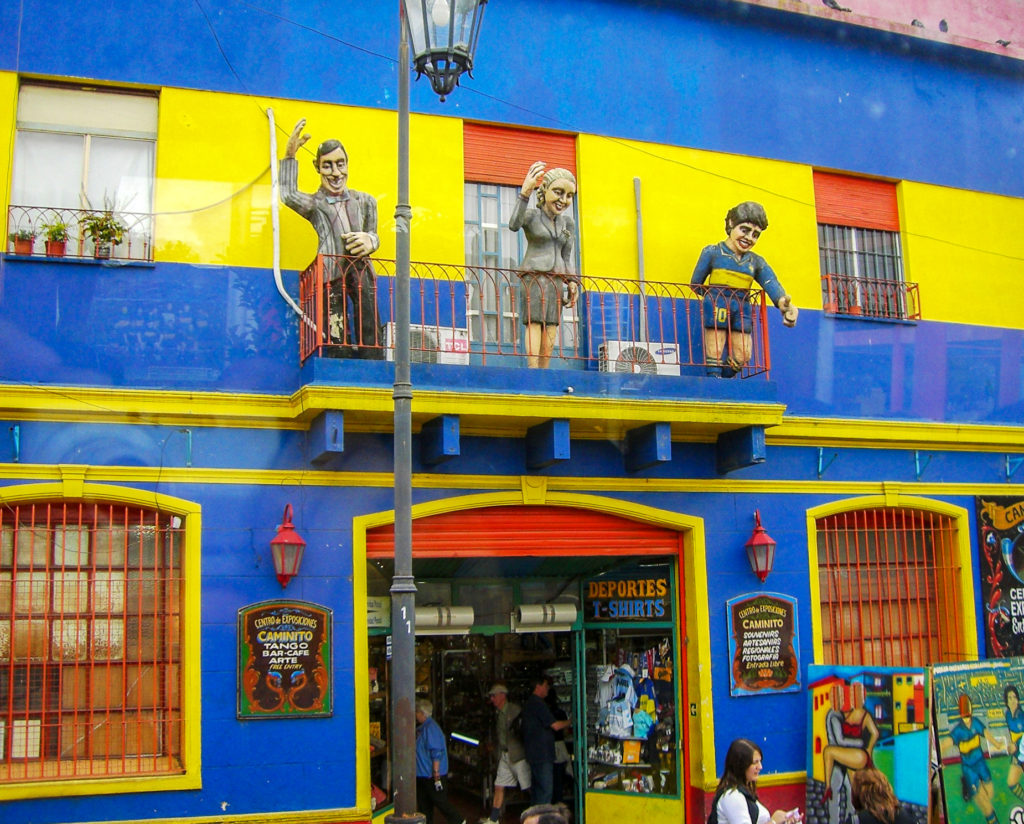
Don’t forget to wave back at these outlandish figures
Rio De Janeiro, Brazil
No other city across the globe can lay claim to not just 1 but 2 wonders of the world, besides beautiful Rio De Janeiro in Brazil. The towering statue of Christ the Redeemer with arms outstretched atop Corcovado peak features on the 7 new wonders of the world, while the stunning natural harbor of Rio De Janeiro makes it on the shortlist of the 7 natural wonders of the world. Throw in the uniquely shaped Sugar Loaf mountain, world famous beaches such as Copacabana and Ipanema – and it’s easy to see why Rio is such a pleasing sight on the eyes.
The first Portuguese explorers who discovered the Harbor in January 1501 mistakenly took it for the mouth of a river and hence gave it the name Rio De Janeiro, meaning River of January. This harbor is flanked by unique granite mountains such as Corcovado and miles of sandy beaches, and is one of the largest and deepest natural harbors in the world.
At 130 feet tall and perched atop the peak of 2300ft tall Corcovado mountain, Cristo Redemptor or Christ the Redeemer has been watching over the faithful with its iconic pose – arms outstretched in peaceful watch since completion on 1931. The statue was built of reinforced concrete and soapstone, and took 9 years to build after being commissioned and primarily funded through private donations.
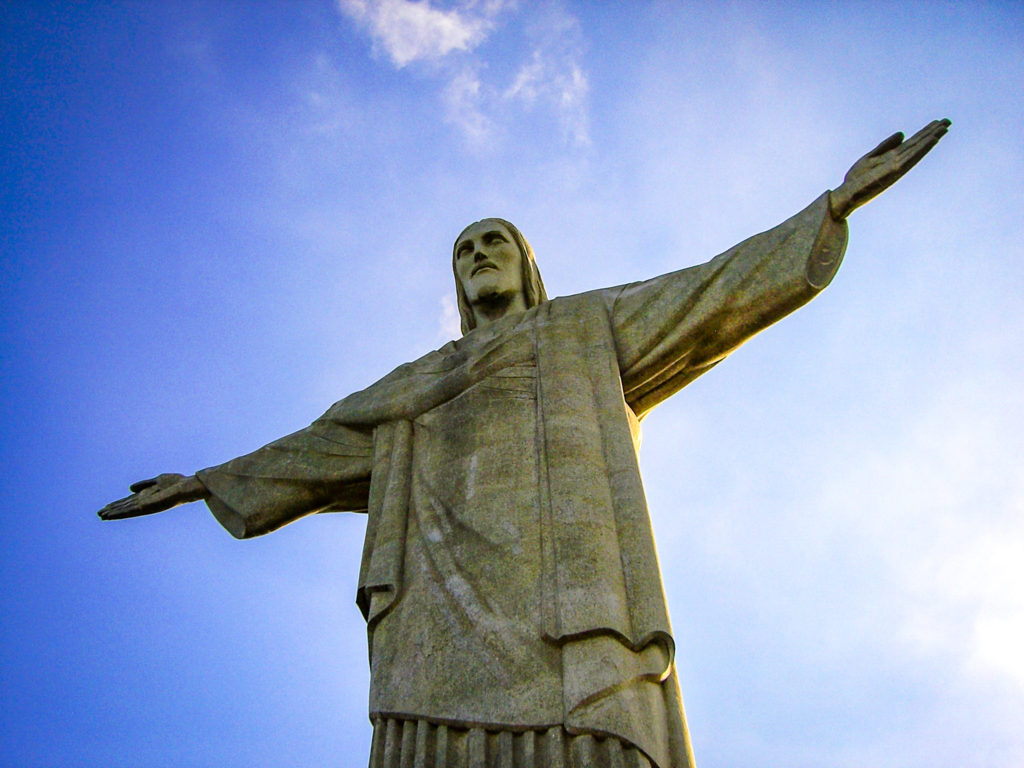
Christ The Redeemer towering over the Rio skyline
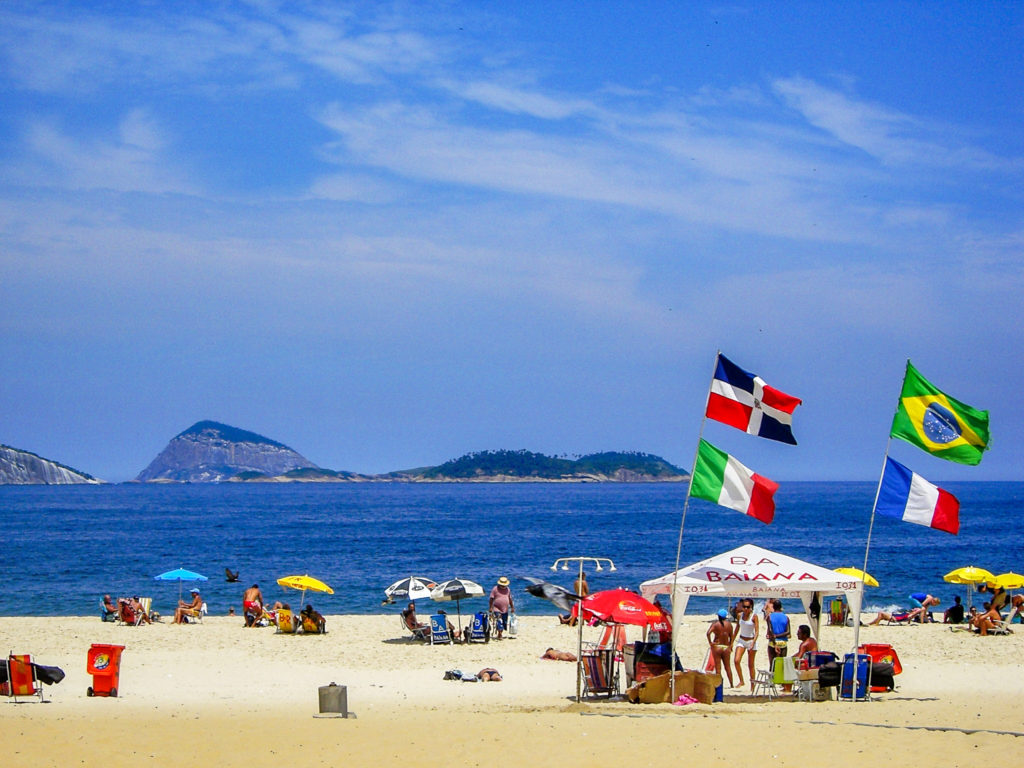
Ever colorful Ipanema Beach
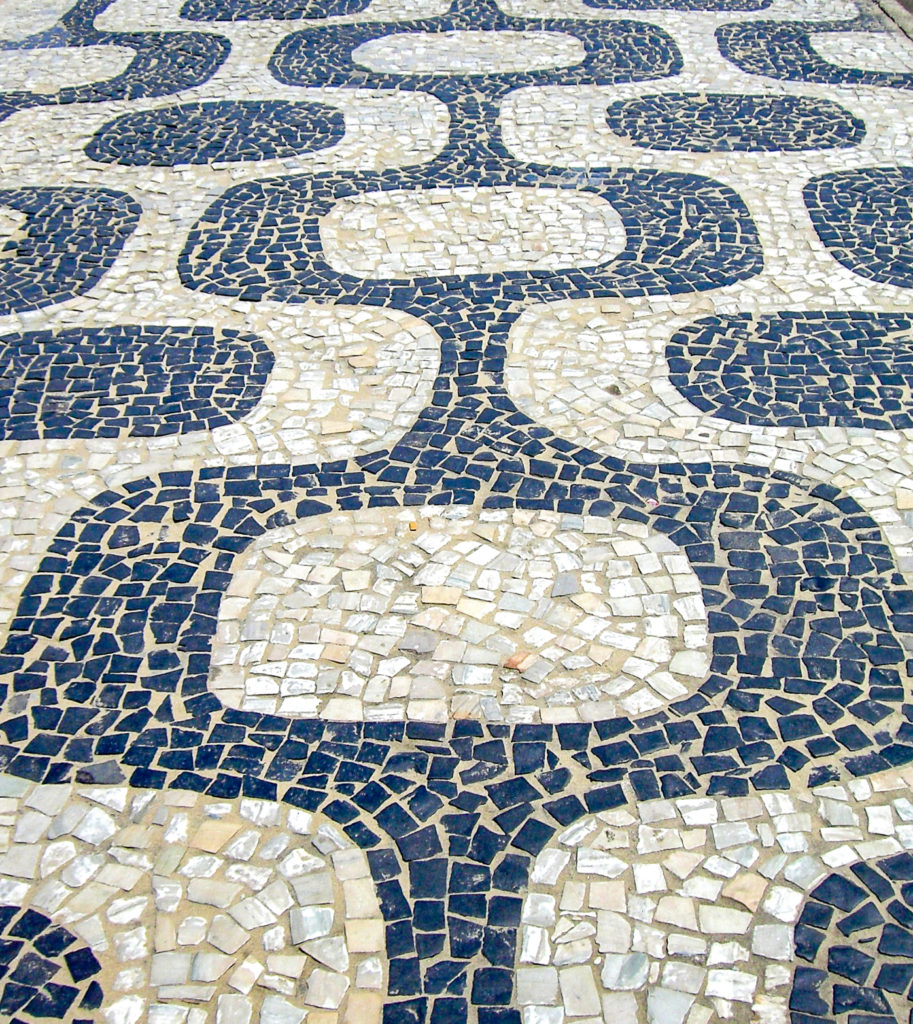
Instantly recognizable side walk tile patterns of Rio
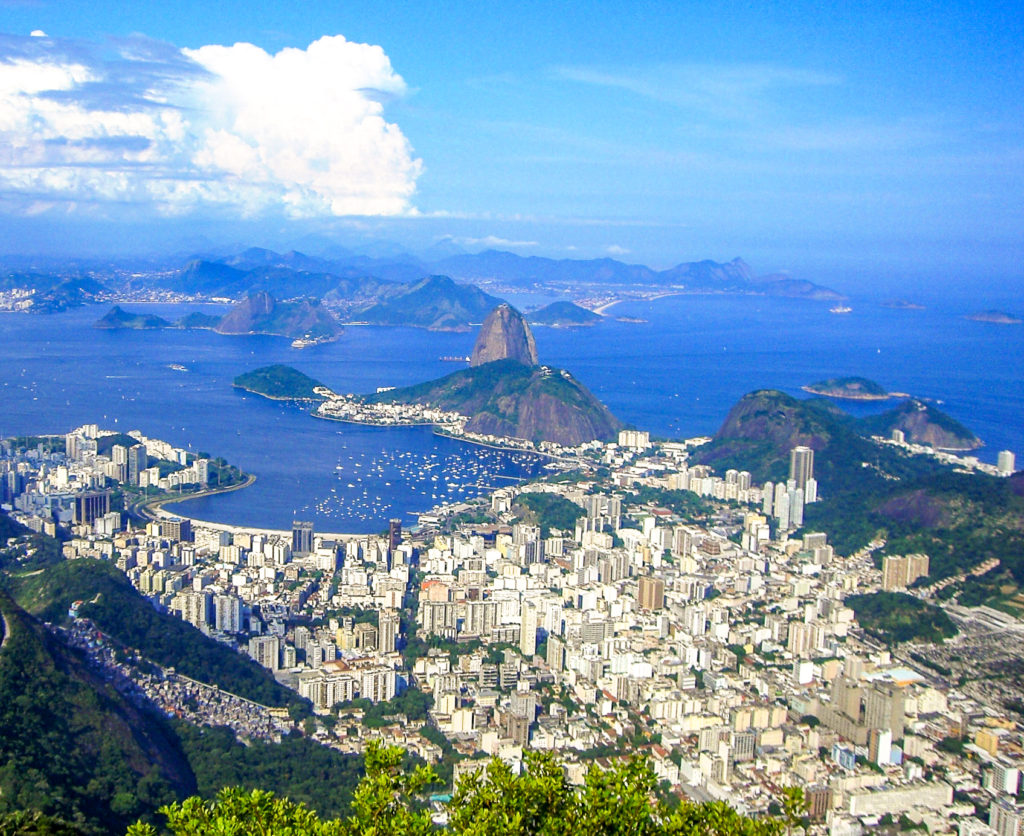
Views of the stunning Rio De Janeiro Harbor and Sugarloaf Mountain from atop Corcovado
Colchagua Valley Wine Region, Chile
If you are a fan of full-bodied reds, then a wine tasting trip through the Colchagua Valley needs to be high on your list while visiting Chile. Just 2 hours away from capital Santiago, this lush wine region is flanked by the mighty Andes Mountains to the west and the Pacific Ocean to the West. Its Mediterranean climate is perfect for wine growing, especially for bold reds. The Carménère varietal is arguably the best known, but there are also amazing options of the other Bordeaux varietals such as Cabernet Sauvignon, Malbec, and Merlot on offer at the myriad wineries here.
Casa Lapostolle winery, founded by the great-granddaughter of Grand Marnier Liquer’s creator, is one of the best places to sample Chile’s finest Carménère while enjoying views of vineyards that stretch till the foothills of the Andes. As an added plus, this is one of the few wineries where you can take a guided tour of the vineyards on horseback!
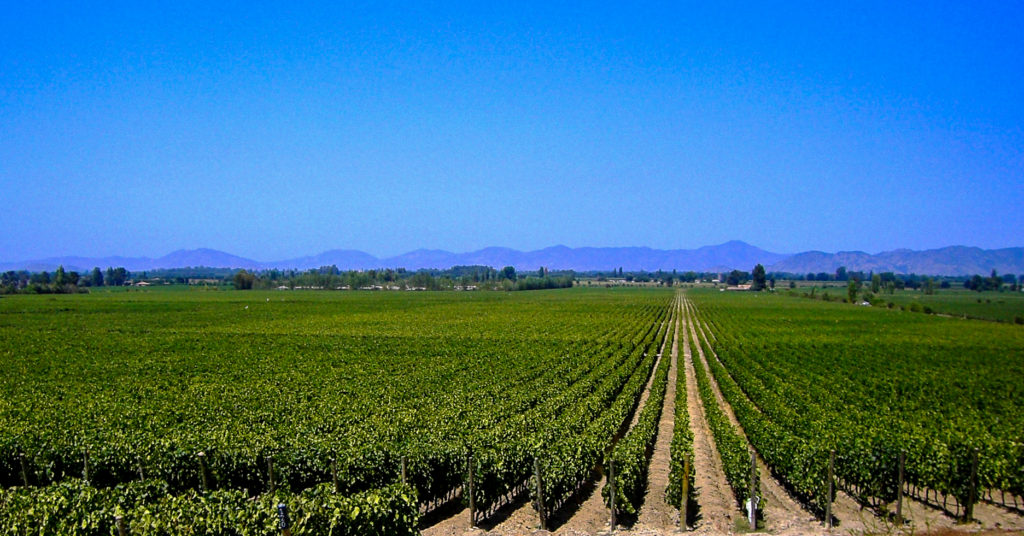
Verdant green vineyards stretching out to the horizon
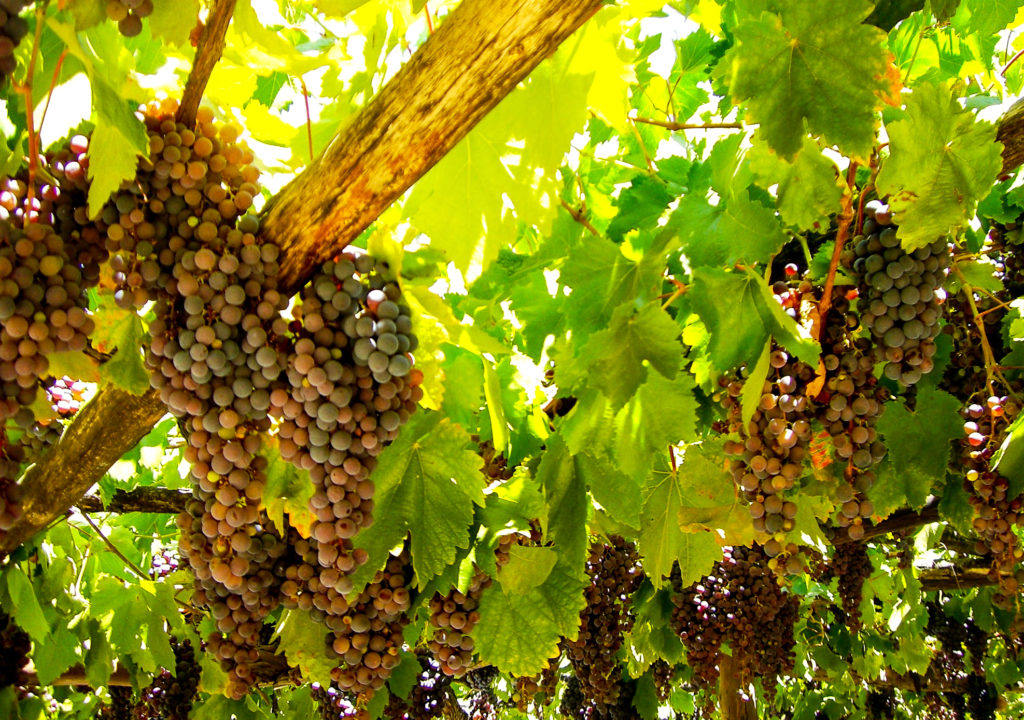
These grapes look ready for harvest
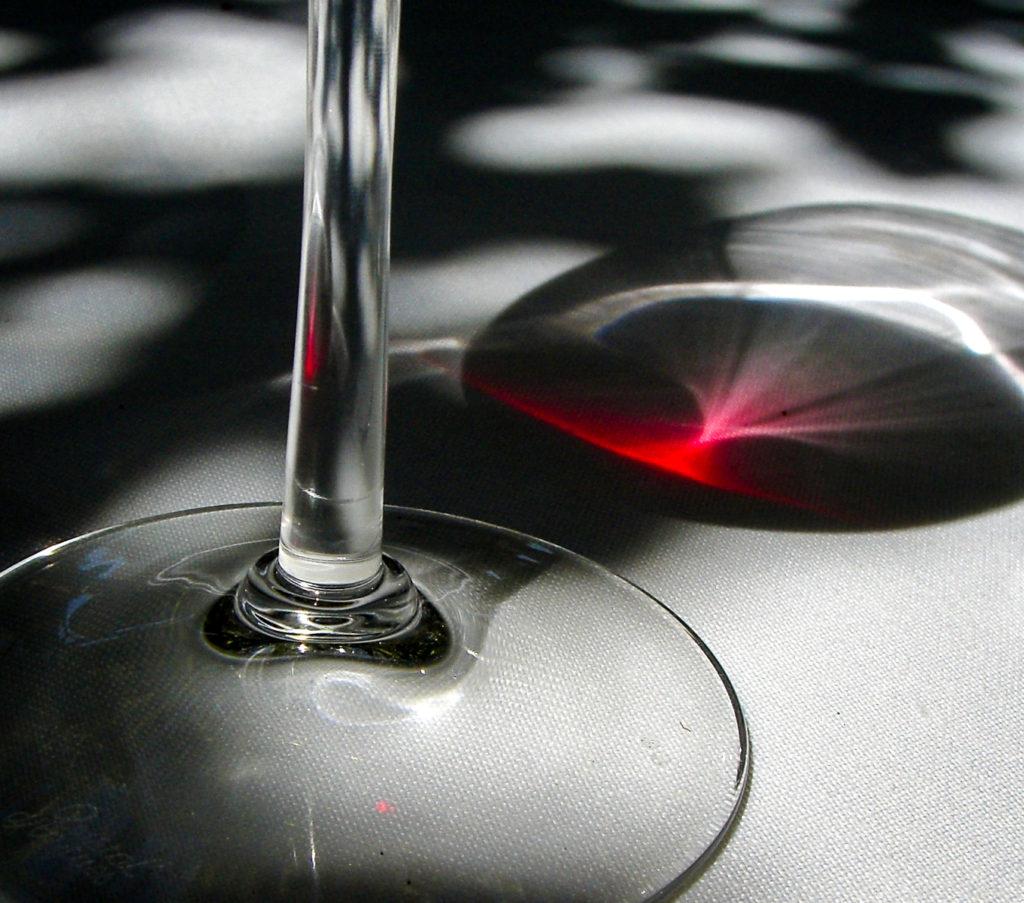
Fancy a glass of Red?
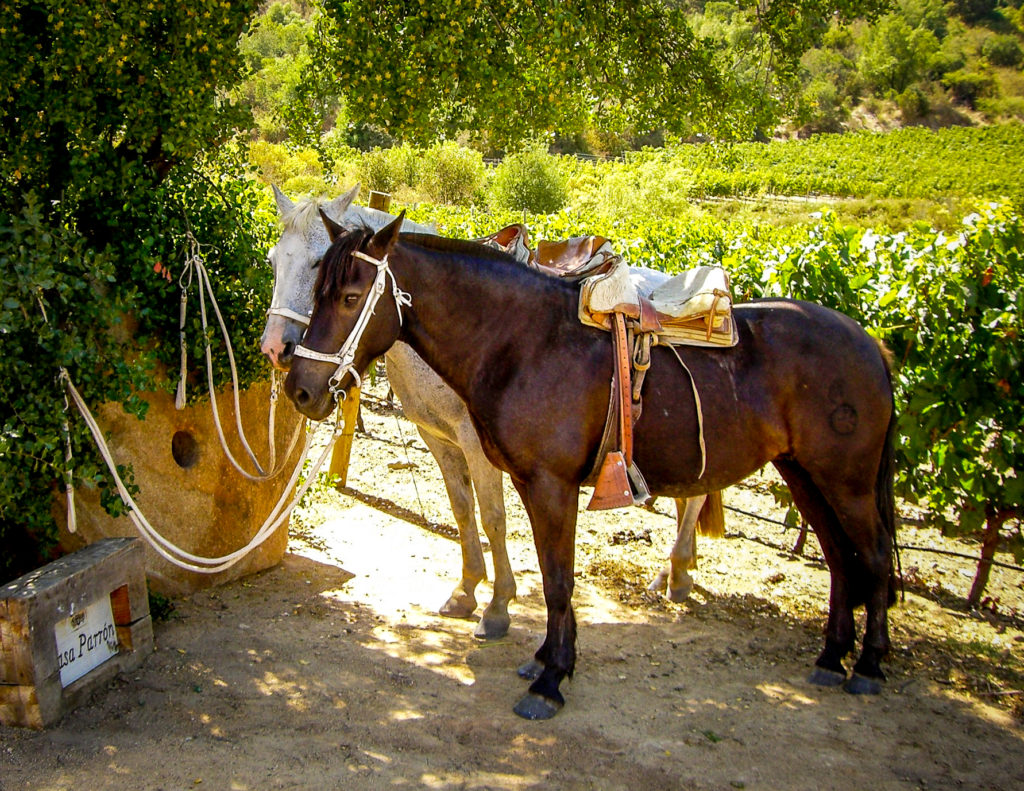
Wine tasting tour chauffeurs

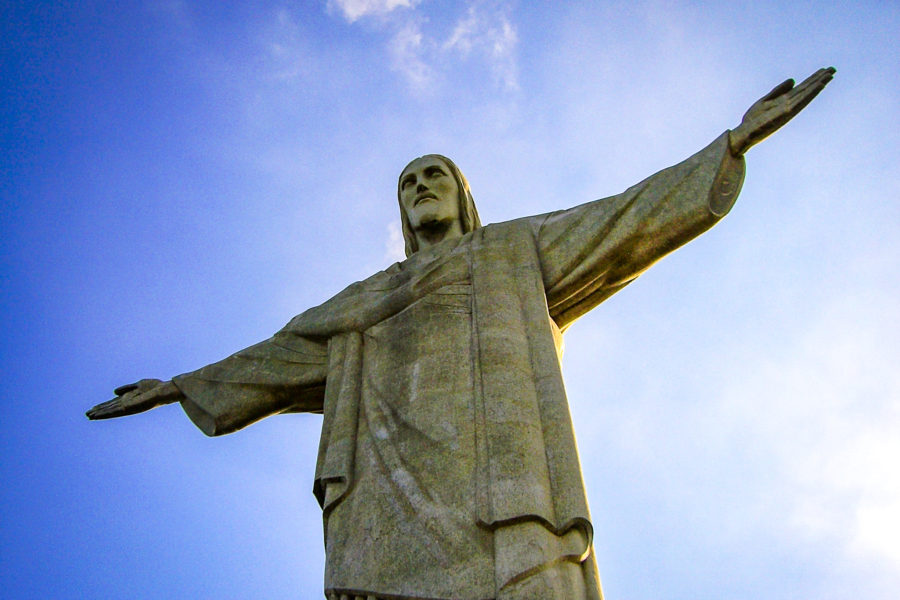
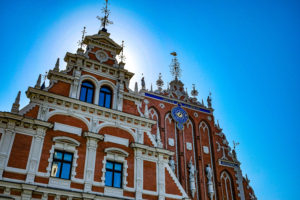
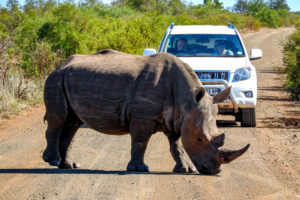
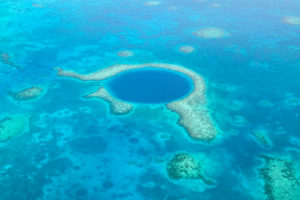




Leave a Reply
Please share your comments below!